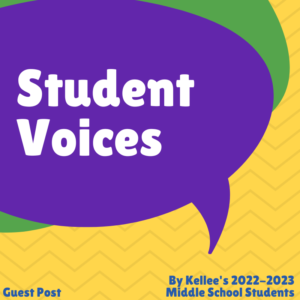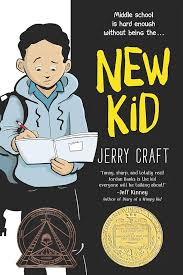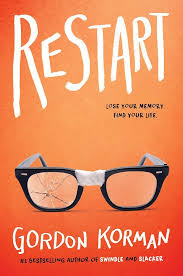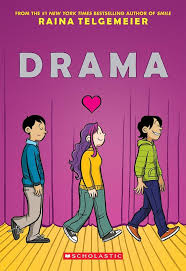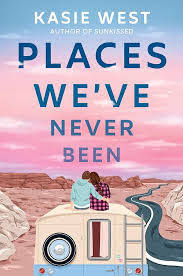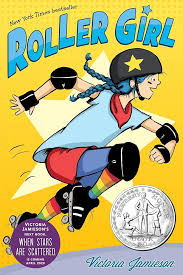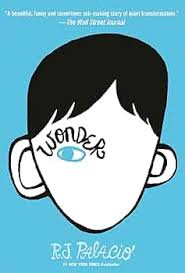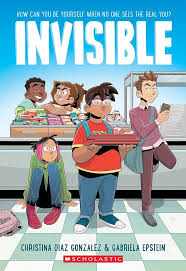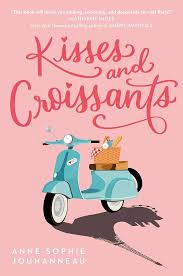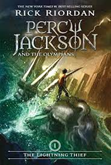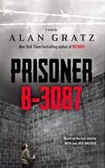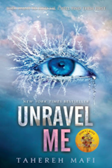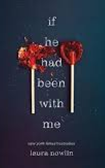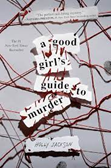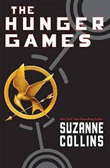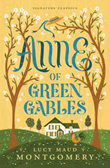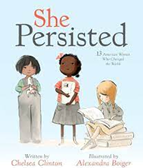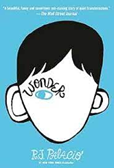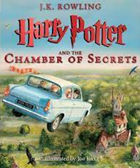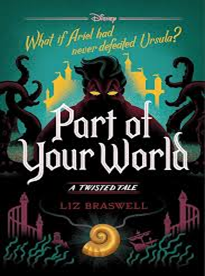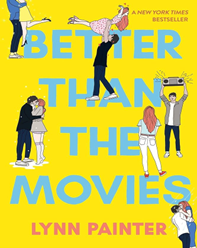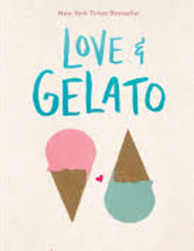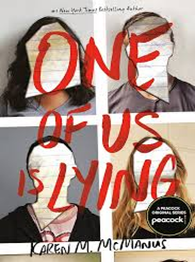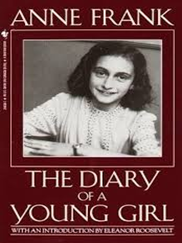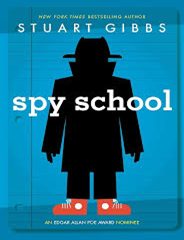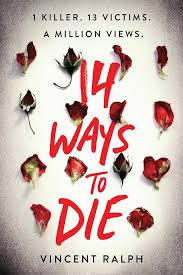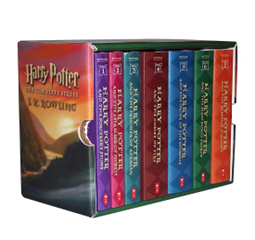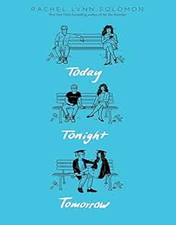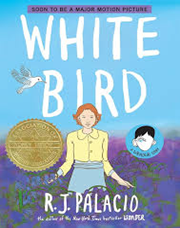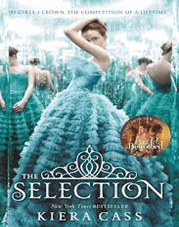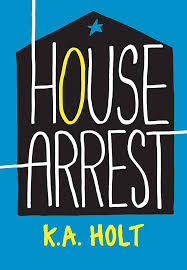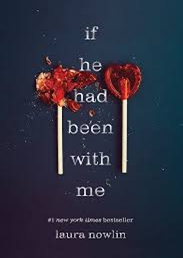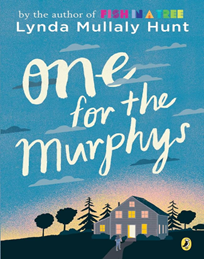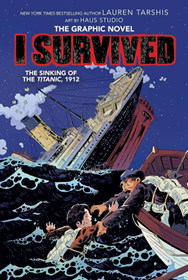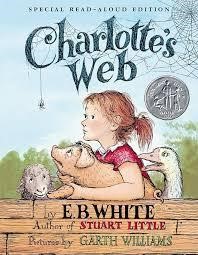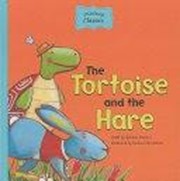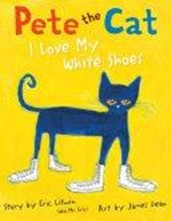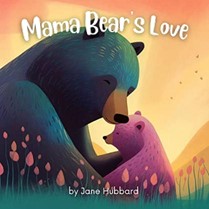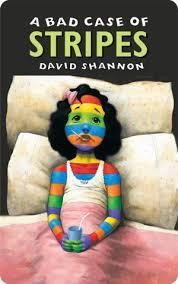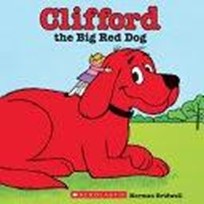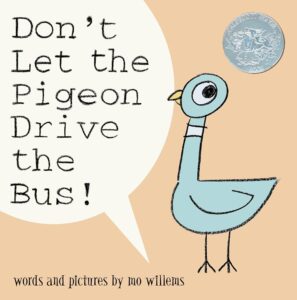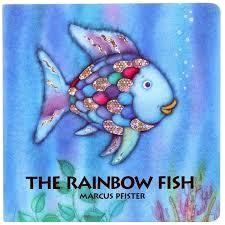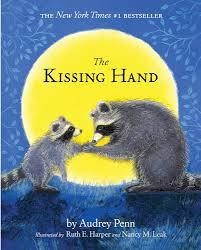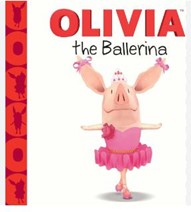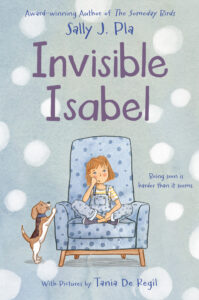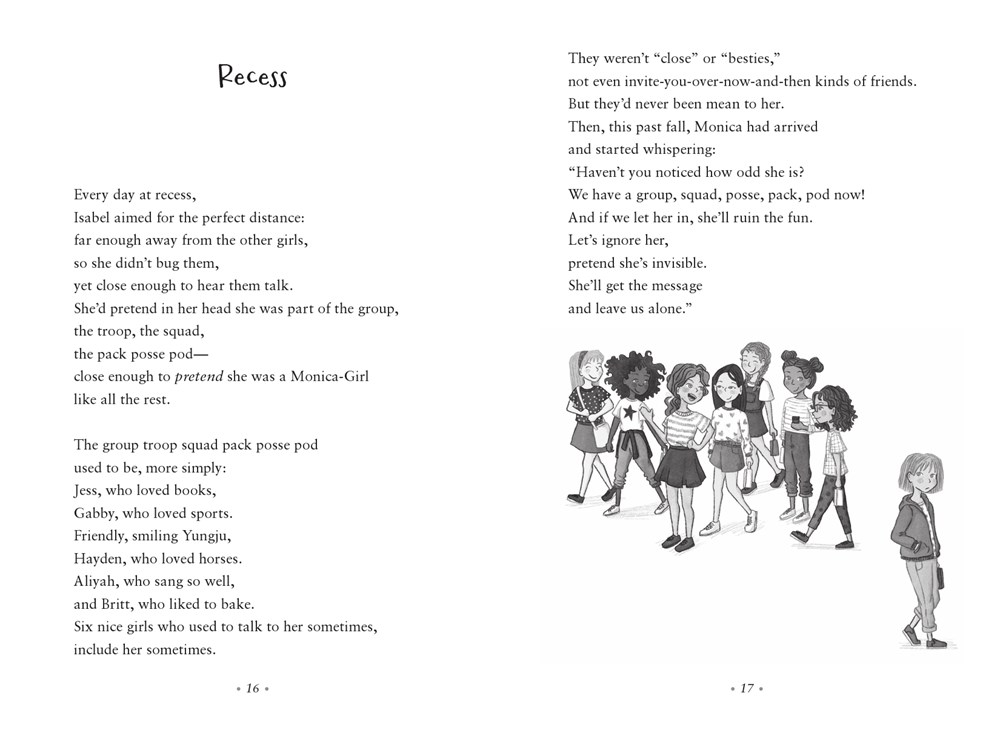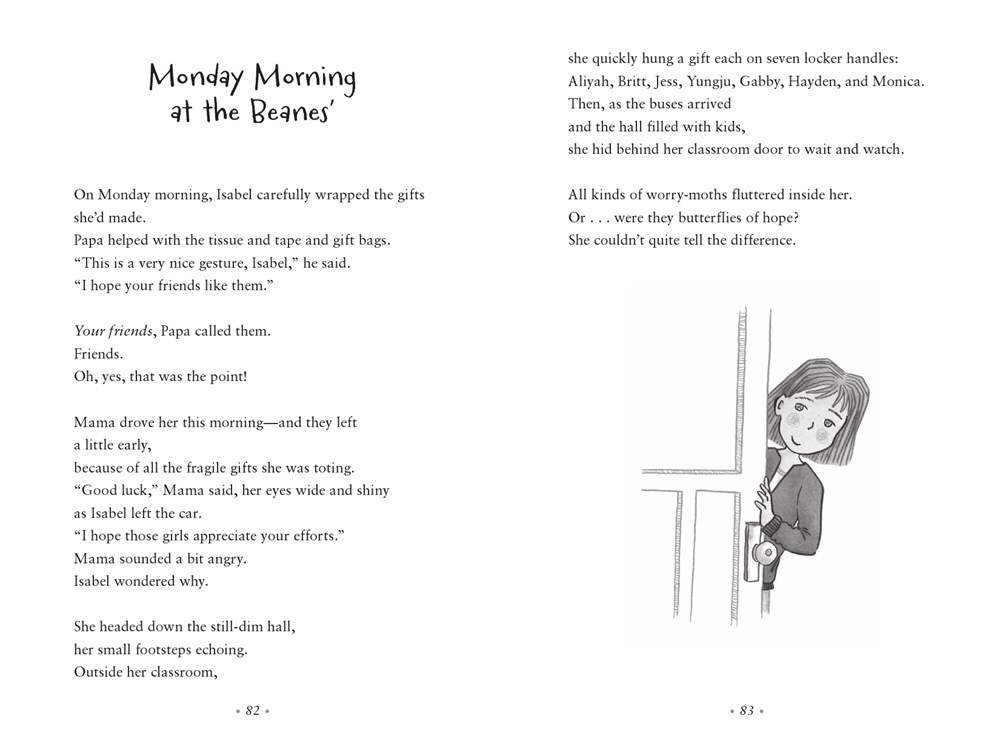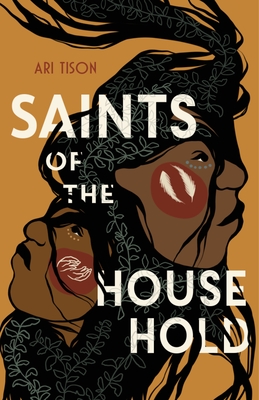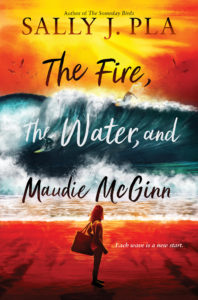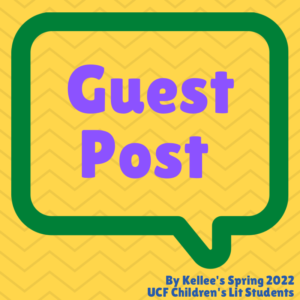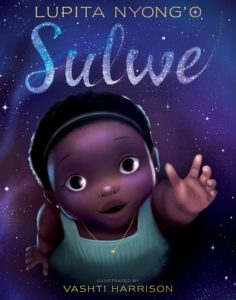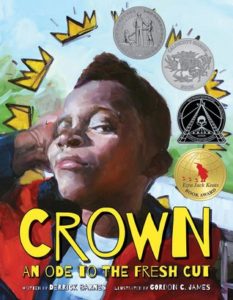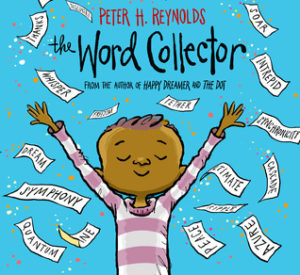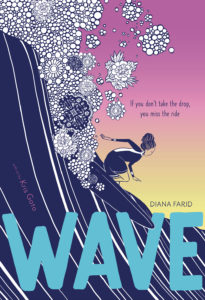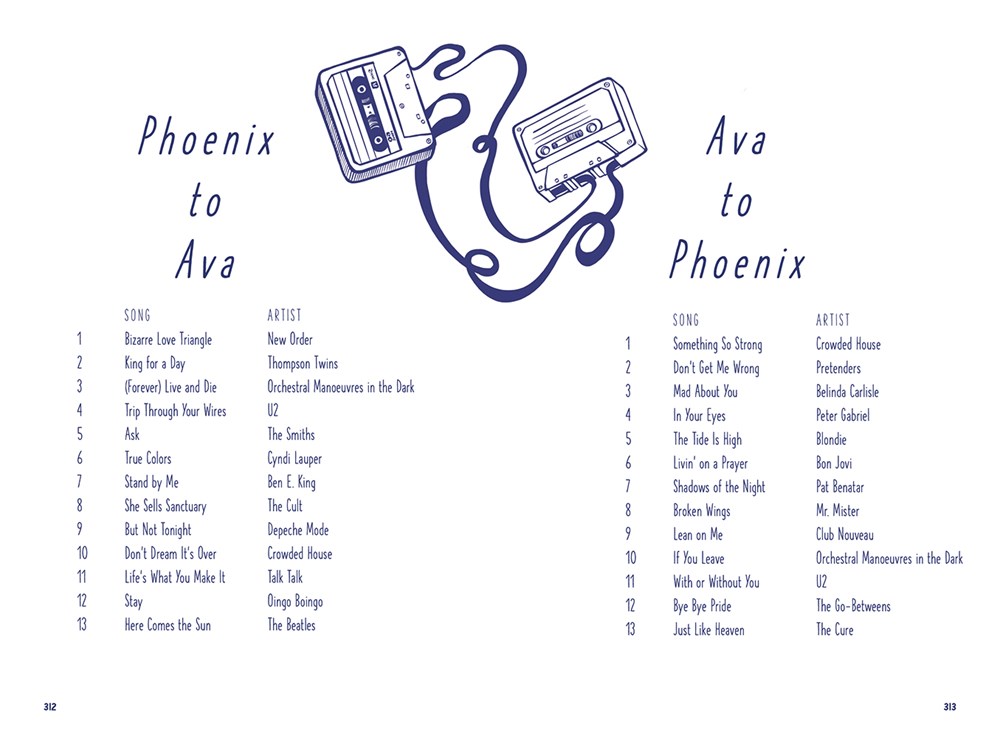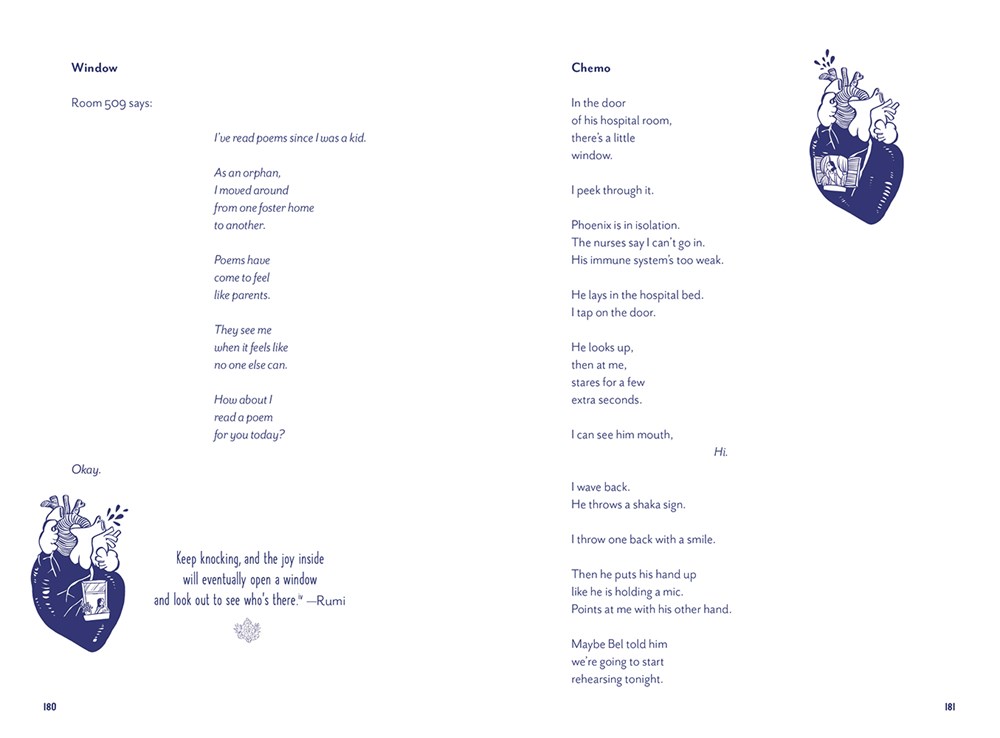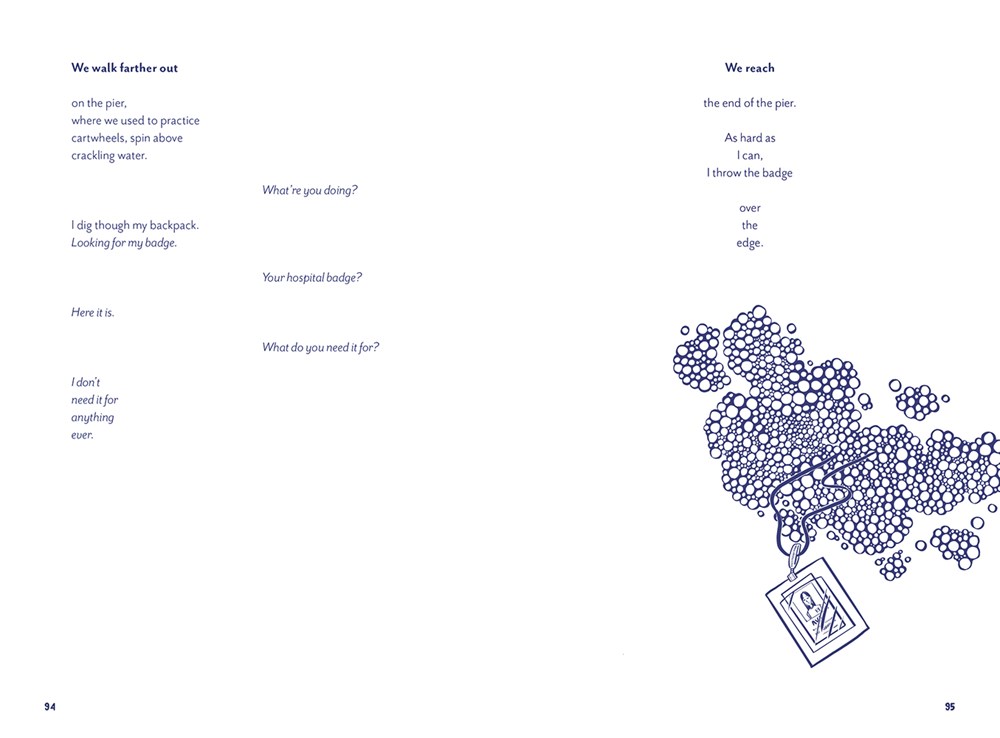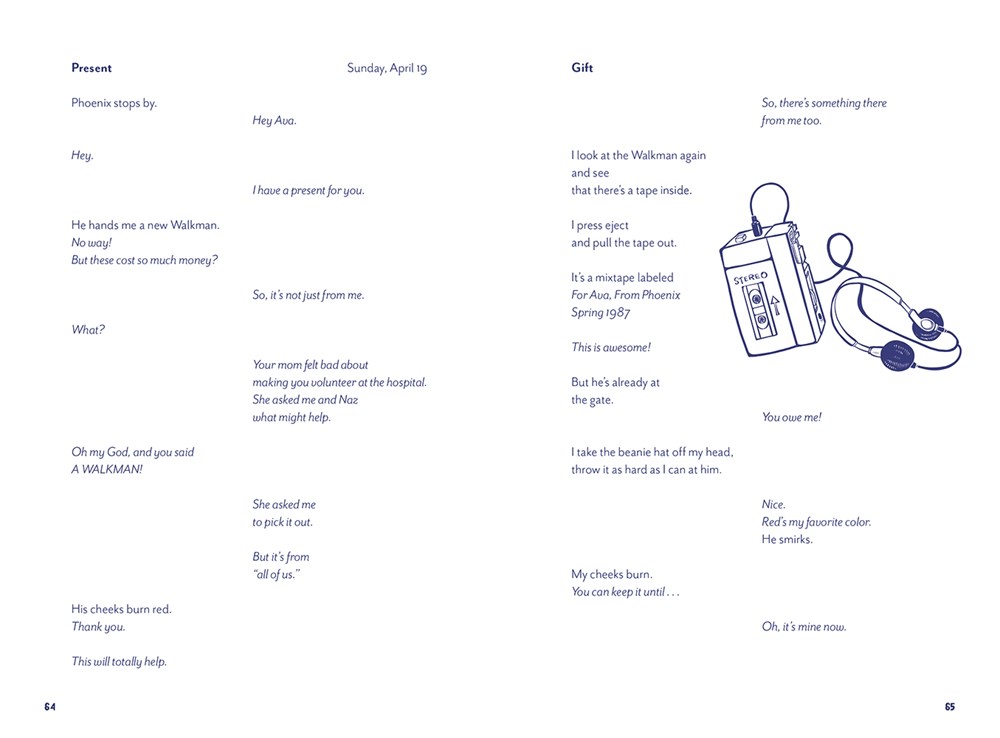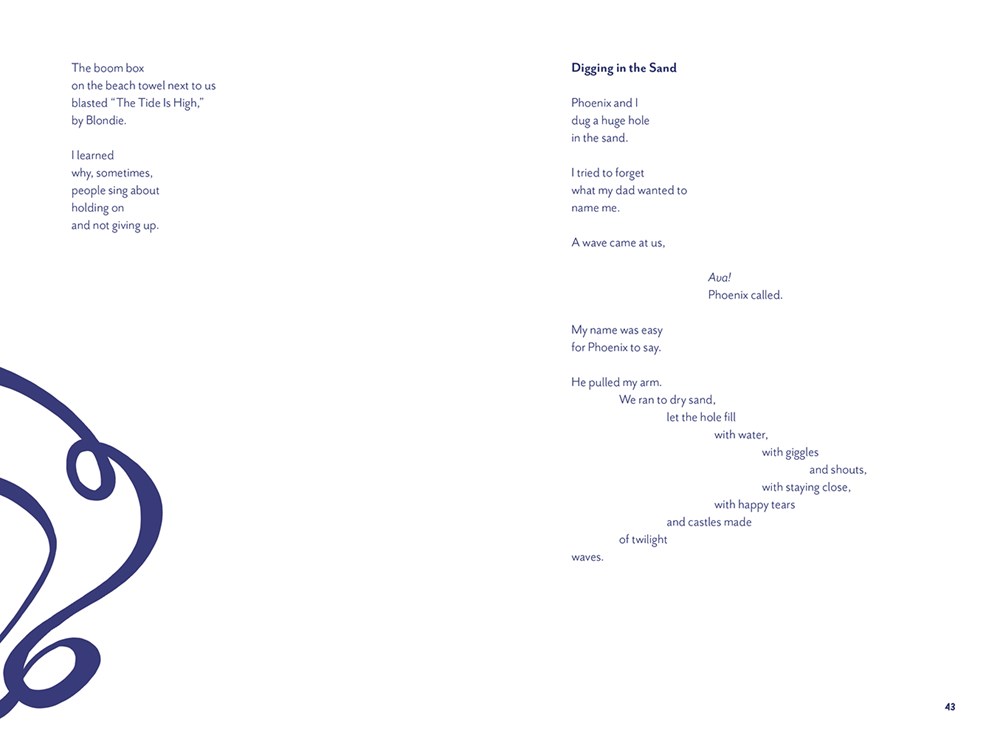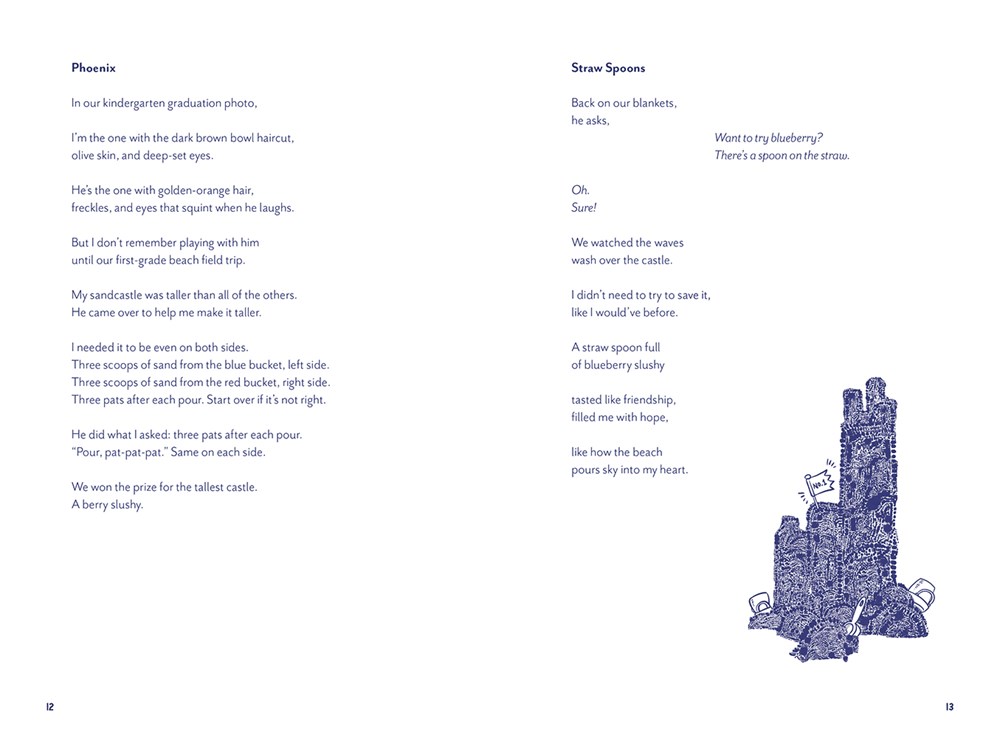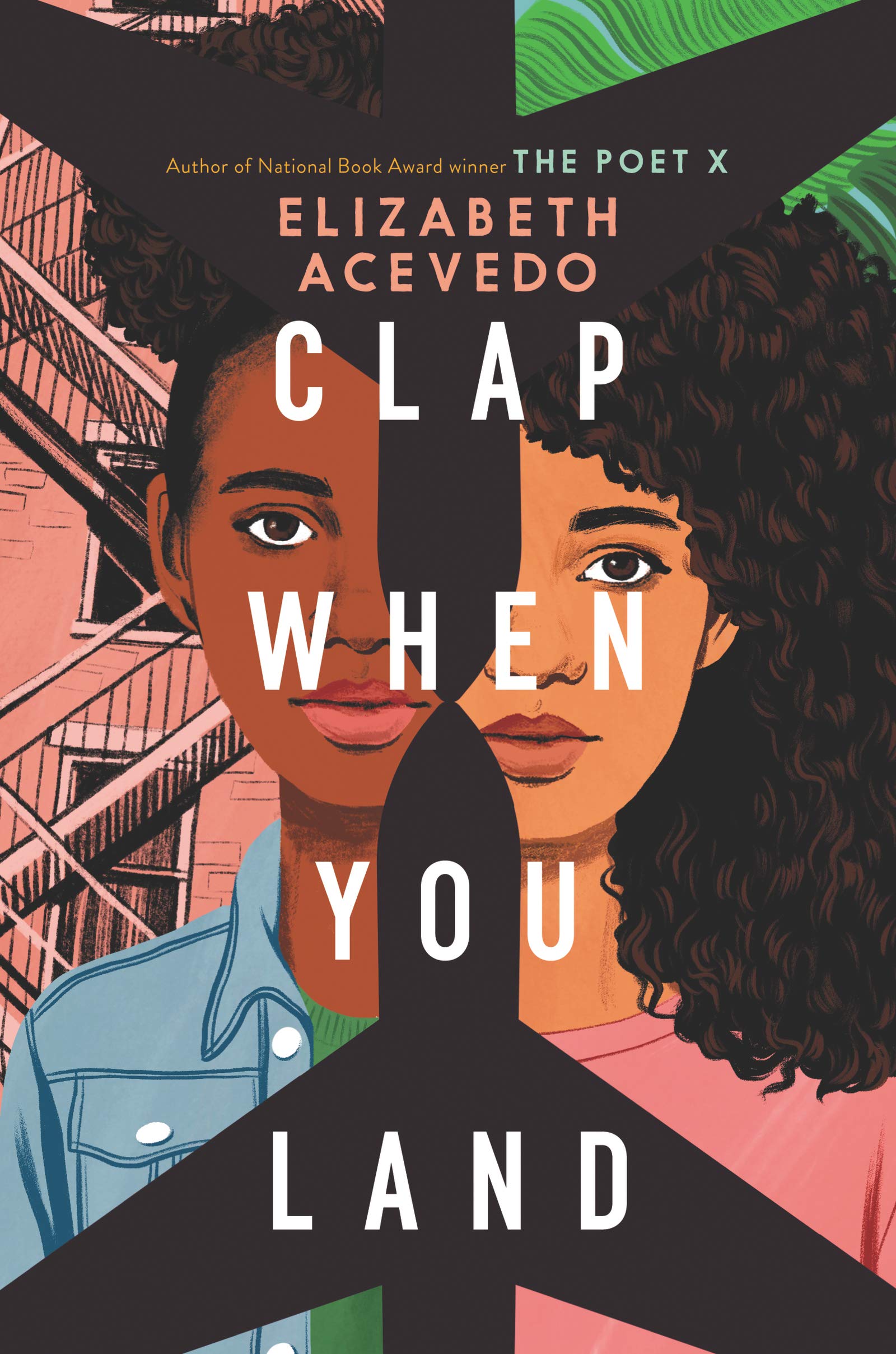Books Lists
“Ten Books I Wish I Could Read for the First Time Again” by Sarah S., 7th grade
New Kid by Jerry Craft
This book is much different than the graphic novels you will expect to read. This book is about Jordan who was enrolled into a private school where Jordan is one of the few kids of color in his entire grade and is struggling to find ways to fit in. This book was one of my favorite books because it shows the struggles he had to go through as a kid with color and I’ve never read any graphic novel like it.
Restart by Gordon Korman
This book is so unique and entertaining that I couldn’t stop reading. It is about a kid in 8th grade who had an accident and banged his head on the ground and lost all of his memory and has no idea of all of the horrible things he’s done in the past and now he has to deal with all of the consequences and what people expect from him. This book is so fun and I would have never guessed all of the plot twists in this book.
Front Desk by Kelly Yang
This book is about a girl named Mia who moved to the United States and helps her parents manage the front desk. She helps her parents hide immigrants, while dealing with the mean motel owner, and trying to fit in at school. While struggling for money, Mia uses her smarts to fight for her dreams of a better future. This book shows that no matter what is happening, you should always believe in yourself.
Drama by Raina Telgemeier
Drama is about Callie who is a theater-lover who’s working on her school’s production of ”Moon Over Mississippi ” because Callie’s not an actress, but instead she joins this production because she is all about stage crew and set design. This book dives into all the drama of setting up a school play and when two brothers enter the story, it just becomes even more messy.
The Summer of Broken Rules by K.L. Walther
This book follows Meredith who’s been grieving with her sister’s death. She goes to Martha’s Vineyard for her cousin’s wedding and there is a tradition of playing a game called Assassin with water guns. But things got messy when she met this guy named Wit and started breaking her own rules about love and life. This book is super interesting and I couldn’t stop reading. This book is so good and I would have never expected the plot.
Places We’ve Never Been by Kasie West
This book was such a fun book to read and honestly unexpected. Norah ends up on a road trip with her childhood friend, Skyler who she hasn’t talked to in a very long time. As they travel together, they start to reconnect and Norah begins to see Skyler in a different light. This book was super entertaining and a fast read. This book was so unexpected and I didn’t see it coming for sure. I thought it was just going to be a fast read but this story had much more coming.
Roller Girl by Victoria Jamieson
This book is about Astrid who wants to be this cool and fun skater girl so she decides to join a summer camp to learn how to skate. She assumed Nicole, her friend would do the same but Nicole joined a dance camp instead. This book is all about Astrid growing up and the tough world of roller derby. This story has such a good moral about navigating friendships and still doing what you love and in this case skating.
Wonder by R.J. Palacio
This book follows August who was born with a facial deformity and he has been home schooled his entire life until now. August is starting 5th grade face-to-face and he wants nothing but to be treated as an ordinary kid but the kids at his school have made this difficult for him. I read this book in 4th grade but I still remember it made me so emotional. This book was so good and I wish I could reread it and rewatch the movie because it made me feel for August and was so sad.
Invisible by Christina Diaz Gonzalez, Illustrated by Gabriela Epstein
This book was a very fun read and completely different from other graphic novels I’ve read. This book is told from five different points of views from kids who don’t have much in common but one thing they do is they are all hispanic and speak Spanish. They are now trying to get along while also trying to finish their school community hours. This book is so interesting and I wish I could read it for the first time again because it was so funny and I love the different points of view in the story.
Kisses and Croissants by Anne Sophie Jouhanneau
This book follows Mia who is a ballerina and she joins a ballet summer program and she has this idea that at all times she will be focused on ballet but her plans change when she meets this boy. This book is very cute and I wish I could reread it because it was so fun seeing how Mia was going to do with all of the decisions in the story.
“Ten Books I Wish I Could Read for the First Time Again” by Lucy S., 8th grade
Percy Jackson & The Olympians: The Lightning Thief by Rick Riordan
The strong urge to revisit the Percy Jackson series, It’s like reconnecting with old friends you haven’t seen in ages – there’s this sense of familiarity and warmth that’s just irresistible. The blend of adventure, humor, and heart in those books is timeless, and it’s hard to resist the allure of diving back into that world.
But it’s not just about reliving past escapades; it’s about uncovering new layers and insights that I might have missed before. Each time I read any of Percy Jackson’s universe, I discover hidden clues, unique parts, and character development that add depth to the story. It’s like peeling back layers of an onion – there’s always something new to uncover beneath the surface. So, yeah, rereading Percy Jackson isn’t just about nostalgia; it’s about embarking on a journey of rediscovery and exploration, one that never fails to captivate me.
Prisoner B-3087 by Alan Gratz
I’ve been really drawn to the idea of reading Prisoner B-3087 by Alan Gratz again. It’s a book that really hit me hard the first time around, especially with Yanek’s journey through the Holocaust. The emotions and struggles he faces are so vividly portrayed, it’s like you’re right there with him.
But beyond just enjoying the story, I think there’s something important about revisiting “Prisoner B-3087.” In today’s world, where there’s still so much prejudice and injustice, it’s crucial to remember the lessons from history. Yanek’s story reminds us of the dangers of intolerance and the importance of standing up for what’s right. So, rereading “Prisoner B-3087” isn’t just about enjoying a good book; it’s about learning from the past and working towards a better future. (I’ve read this book a gazillion times 😁)
Unravel Me by Tahereh Mafi
Unravel Me by Tahereh Mafi. As the second book in the Shatter Me series, it’s a captivating blend of romance, suspense, and self-discovery. Juliette’s journey, grappling with her identity and newfound powers, resonates with me on a deeper level, and I can’t wait to revisit the twists and turns of the plot.
However, beyond the surface-level excitement, Unravel Me delves into profound themes like individuality and the struggle for freedom. Each read-through offers a chance to uncover new layers of meaning and connect more intimately with the characters. It’s like embarking on a journey of self-reflection and growth alongside Juliette and her companions. So, rereading Unravel Me isn’t just about entertainment; it’s about exploring the complexities of the human experience and gaining insights that resonate long after the book is finished.
If He Was With Me by Laura Nowlin
Recently, I’ve found myself drawn back to the pages of If He Was with Me by Laura Nowlin. This novel holds a significant emotional resonance for me, particularly in its exploration of love, loss, and the relationships of human beings. The narrative, centered around Autumn and Finny’s profound connection amidst personal love, captivated me upon my initial reading and continues to linger in my thoughts.
Beyond the surface allure of its romantic drama, If He Was with Me delves into deeper themes such as friendship, grief, and the pursuit of happiness. With each revisit, I uncover new layers of meaning and insight, enriching my understanding of the characters and their struggles. Thus, the prospect of rereading this novel isn’t merely an act of revisiting a cherished story; it’s an opportunity for introspection, emotional resonance, and personal growth through literature. (I cried)
A Good Girl’s Guide to Murder by Holly Jackson
Lately, I’ve been itching to dive back into A Good Girl’s Guide to Murder by Holly Jackson. This gripping thriller had me hooked right from the start with its compelling storyline and well-developed characters. Following Pippa Fitz-Amobi’s quest to uncover the truth behind a murder in her small town was both exhilarating and thought-provoking, as the twists and turns kept me guessing until the very end.
With the excitement of solving the mystery, there’s a deeper desire to explore the novel’s underlying themes. A Good Girl’s Guide to Murder delves into issues of justice, truth, and the complexity of human nature, offering valuable insights that linger long after the final page is turned. Each time I reread the book, I discover new layers of meaning and subtle hints that enhance my appreciation for the story. So, the idea of rereading A Good Girl’s Guide to Murder isn’t just about reliving the suspenseful journey; it’s about immersing myself in a world of intrigue and reflection, where every chapter holds the promise of uncovering hidden truths.
The Hunger Games by Suzanne Collins
I’ve found myself drawn back to The Hunger Games by Suzanne Collins. This dystopian tale, with its gripping narrative and compelling characters, has left a lasting impression on me. Katniss Everdeen’s (With Peeta) journey through the brutal arena and her subsequent defiance against the oppressive regime of Panem resonate deeply with themes of resilience, social justice, and the human spirit’s capacity for resistance
Beyond the surface-level excitement and suspense, The Hunger Game offers a profound exploration of power dynamics and societal inequality. Each revisit to the novel provides an opportunity to delve deeper into its themes, uncovering new layers of meaning and relevance. It’s not merely about reliving the thrilling adventure; it’s about engaging with thought-provoking commentary on contemporary issues and reflecting on the complexities of the human condition.
Anne of Green Gables by Lucy Maud Montgomery
Lately, I’ve been feeling this strong urge to return to the pages of Anne of Green Gables by Lucy Maud Montgomery. It’s a story that holds a special place in my heart, like revisiting an old, cherished friend. Anne Shirley’s adventures, with her vivid imagination and boundless enthusiasm, never fail to uplift my spirits. Whether she’s embarking on mischievous escapades or enchanting the residents of Avonlea with her infectious charm, Anne’s journey serves as a comforting reminder of the joys of imagination and the warmth of companionship.
However, beyond the comforting familiarity of Anne’s world, there’s a deeper yearning to rediscover the profound wisdom and heartfelt emotions that the deeper meaning shows. “Anne of Green Gables” transcends its status as a simple children’s tale, offering timeless lessons in resilience, empathy, and the transformative power of love. With each return to its pages, I find myself drawn once more into Anne’s world, captivated by its rich imagery and enduring messages. The prospect of rereading Anne of Green Gables isn’t merely about revisiting a beloved story; it’s about reconnecting with the enduring spirit and timeless truths that lie within its pages.
She Persisted by Chelsea Clinton
This empowering collection of stories about women who have overcome adversity and made a significant impact in various fields resonates deeply with me. Each narrative is a testament to the power of resilience, determination, and unwavering perseverance in the face of obstacles. From historical figures like Harriet Tubman and Helen Keller to contemporary trailblazers like Oprah Winfrey and Sonia Sotomayor, the stories inspire me to strive for my dreams and never give up, regardless of the challenges I may encounter or face.
Moreover, beyond just the inspiration derived from the individual stories, there’s a broader significance to rereading She Persisted. In today’s world, where gender equality and empowerment remain pressing issues, the book serves as a timely reminder of the progress that has been made and the work that still lies ahead. By revisiting these stories of resilience and determination, I am not only reaffirming my own commitment to perseverance but also gaining renewed inspiration to advocate for positive change in my community and beyond.
Wonder by R.J Palacio
Lately, I’ve been feeling a strong pull to revisit Wonder by R.J. Palacio. This heartwarming tale about a young boy named Auggie Pullman, who faces challenges due to his facial differences, resonates deeply with its message of empathy, kindness, and acceptance. The story touched my heart when I first read it, as it beautifully portrays the power of friendship and the importance of seeing beyond external appearances to recognize the beauty within.
But beyond just reliving the emotional journey of Auggie and his friends, there’s a deeper longing to rediscover the profound lessons and universal truths embedded within the narrative. Wonder isn’t just a story; it’s a book for empathy and understanding, prompting readers to reflect on their own actions and attitudes towards others. Each time I revisit the book, I find myself inspired anew by Auggie’s resilience and the transformative impact of small acts of kindness. So, the prospect of rereading Wonder isn’t just about revisiting a loved novel, it’s about embracing its timeless message and striving to make the world a kinder, more inclusive place.
Harry Potter and the Chamber of Secrets by J.K Rowling
Recently, I’ve been wanting to revisit Harry Potter and the Chamber of Secrets by J.K. Rowling. It’s like taking a trip back to Hogwarts and joining Harry, Ron, and Hermione on their adventures all over again. The mystery surrounding the Chamber of Secrets adds an extra layer of excitement to the story, keeping me on the edge of my seat.
But beyond the thrill of the magical world, Harry Potter and the Chamber of Secrets also explores important themes like friendship and bravery. Each time I read it, I discover new insights about loyalty and standing up against injustice, just like the characters do. So, rereading it isn’t just about having a good time; it’s about gaining valuable life lessons too.
“15 Books I Want to Read” by Isabela M., 8th grade
Twisted Tales: Part of Your world by Liz Braswell
I read the Cinderella twisted tale and I love it, so I want to read more of them and since the little mermaid is one of my favorite princesses I really want to read this book.
Better Than the Movies by Lynn Painter
I’ve seen this book a lot online and heard a lot of good reviews. Also, my sister read this book and she said she enjoyed reading it.
Love & Gelato by Jenna Evans Welch
I read the book summary, and it looks like a nice book. I also saw that this book has a movie on Netflix so I want to read it so then I can compare it to its movie adaptation.
One Of Us Is Lying by Karen M. McManus
I’ve always wanted to read this book but never checked it out. I am pretty sure this book is really good because everyone I’ve asked about the book, they have told me to read it.
The Diary of a Young Girl by Anne Frank
I am very interested in her story. I’ve watched some videos of what she went through so I want to read what she wrote while everything was happening.
Spy School by Stuart Gibbs
It was recommended to me by my 7th grade teacher, and I saw that one of my classmates read this book and by their review I am interested in reading this book.
14 Ways to Die by Vincent Ralph
The plot of this book sounds really interesting. I want to see who wins the competition to catch the killer. I also want to start reading more mystery books because I find them entertaining.
Harry Potter Series by J.K Rowling
I watched all of the movies but never read the books because they are too long but now I think I may start reading them during the summer.
Today Tonight Tomorrow by Rachel Lynn Solomon
I like reading romance books and this book based on reviews looks like a good and fun book to read.
White Bird by R.J. Palacio
I saw this book in my school library and when I looked it up, I saw that it has great reviews. I also read the summary and it looks like a great book.
The Selection by Kiera Cass
This book series has been recommended to me by some of my friends, so I decided to look it up on Goodreads, and I found really good reviews.
House Arrest by K.A. Holt
I saw this book in another blog post and by the description written about this book, I feel like I will like it.
If he had been with me by Laura Nowlin
I have seen this book and its sequel on the internet, and I have read that it is sad but at the same time is a good book.
One for the Murphys by Lynda Mullaly Hunt
My friend recommended it to me. She said that she read this book last school year and that she really enjoyed reading it.
I Survived The Sinking of the Titanic, 1912: The Graphic Novel by Lauren Tarshis & Georgia Ball
I love reading the I Survived books, and I am very interested in the story of how the Titanic sank.
“Ten of my All-Time Favorite Childhood Books” by Hala B., 8th grade
Books that give children the opportunity to enjoy reading are the type of books that parents should encourage their children to read. As a kid myself, I always chose books that looked like they would give me comfort and would be fun, I did not admire reading as much as a child but when I came to reading these books below I started to enjoy watching the stories unfold just to reread them over and over again. I recommend everyone to read even if it’s an audio book, picture book, hardcover, etc. It gives a lot of different messages and life lessons to a reader. You can choose to keep that lesson with you or even leave it in the book as it doesn’t interest you. Still, whatever you do just know that reading at a young age will help build up many kids’ strengths and abilities and they will be able to be strong-willed and achieve their goals using all the lessons they learned from books and real-life experiences that might have taught them the same lessons a book has.
Charlotte’s Web by E.B. White
Charlotte’s Web is an awesome book to read, this book shows friendship and perseverance it teaches determination and how true friendship is valuable, and that throughout many struggles the friends who stay and make you the best of who you are, are the true friends you should surround yourself with and appreciate them for being with you through thick and thin. Many should understand how friendship works and how having good friends allows you to be your best self.
The Tortoise and the Hare by Aesop
The reason I loved The Tortoise and the Hare is that it taught me two things, first thing is that even if you are faster or better at something, don’t take that for granted and level down because even if you are the best you can still get even better. The second thing I learned is that even when you are slow you can still keep going and try your hardest to get better and faster and even win if you keep trying as hard as you can.
Pete the Cat I Love My White Shoes by Eric Litwin, James Dean, and Kimberly Dean
This was such a good book, It showed me how Pete’s shoes changed and even as they changed Pete kept going forward with each couple of steps. I recommend this book because it shows that even when there is change, you can keep moving forward and towards the future. I loved that Pete never got discouraged even as the shoes kept getting worse and worse.
Mama Bear’s Love by Jane Hubbard
I loved this book, it showed me how much love a mom gives to her child and how much more moms need to be appreciated. It shows how important a mom’s love can be in someone’s life. I love my mom with all my heart and would do anything for her, Knowing that she loves me even more than that gives me the strength to keep going with my life and to make her proud but most importantly, It showed me that not only do we need our parents love but they need our love in return as well and that we should always try our best to take care of them as well as ourselves.
A Bad Case of Stripes by David Shannon
This book was one of my favorites because It taught me to do my things and follow my dreams no matter who likes or dislikes it. It also showed me that no matter what there will always be someone or something trying to bring me down or challenge me but there will always be a way to bring yourself back up. I recommend this to others because It will show them that they should keep moving forward with their passion and dreams no matter what occurs.
Clifford the Big Red Dog by Norman Bridwell
This book showed how good friends are beneficial especially when someone requires a helping hand. Being a good friend is not a duty it is an option whether or not you want to be a kind and helpful friend and someone who will allow others to feel safe. This book taught me that helpful friends will stick with you and make you feel as happy as possible.
Don’t Let the Pigeon Drive the Bus! by Mo Willems
This picture book was a very fun, exciting, and funny read, the book mainly showed a one-sided conversation in which you can respond to the characters yourself as if you were in the conversation. It was an exhilarating experience since as a kid I loved to answer the pigeon and tell them that they cannot drive the bus as if I was watching the bus for the bus driver. I believe this book is an easy, pretty quick, and funny read and should be more appreciated and read more often by children.
The Rainbow Fish by Marcus Pfister
Some may disagree with the way I thought of this book and may argue that it shows how the fish has to get rid of part of itself for others to like him/her but when I was a child the way I felt about the book was that The Rainbow Fish was one of my favorite bedtime stories. This story showed a lot of different emotions which is why I loved it so much as a kid, it showed humiliation, sharing, friendship, and true happiness which are key things needed in one’s life to live with experiences of hardship and happiness of life so they can live to be a stronger person every time they grow older. I believe this book has taught me a lot about how to be prepared as I gain knowledge about expectations and how to move on with life as I make my own life myself with only the help of the important people in my life who have huge care for me.
The Kissing Hand by Audrey Penn
I loved this book as a kid, this book showed great lessons one being that we don’t always want to do things we might have to do even when they seem scary at times or even strange, but it is part of experience and life to try new things out to see how you can use it or not use it in your future. It also allowed me to stop only seeing the bad in things and decide to consider the good that may come out of it, although you should always take notice of the cons and pros of things before considering you shall also see how well or unwell it will take you or if it will take you far. It taught me a lot about decision making which is an important aspect of life because you will always face decisions you will have to consider and think wisely about. I recommend this book to many people because it will show how as you are living there will be many challenges you will have to face and during that period, how you react with words or actions will affect how you are going to move on with your life and stay in a comfortable environment with good people all around you.
Olivia the Ballerina by Farrah McDoogle
Olivia the Ballerina used to be a book I would read many times, for a matter of fact I still own it to this day. This book showed me how trying to achieve things by practicing hard will get you to where you want to be, but it also showed me that as important as following your dreams may be, you must always still balance that with education and all the other important factors needed in one’s life. Homework is just as important as having other dreams because it will help you in the long run when you require knowledge. I recommend this book because it will teach others to value their education and dreams all at once.
Thank you so much to my student voices today–I loved sharing your book lists!
